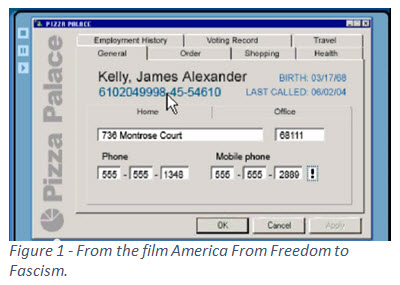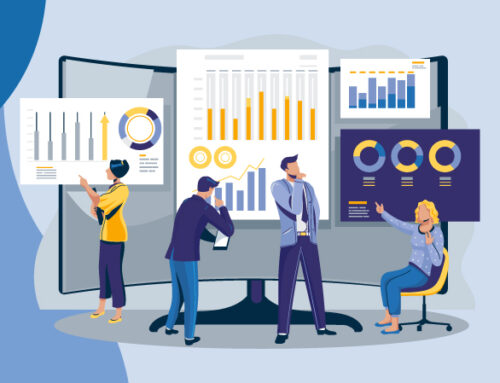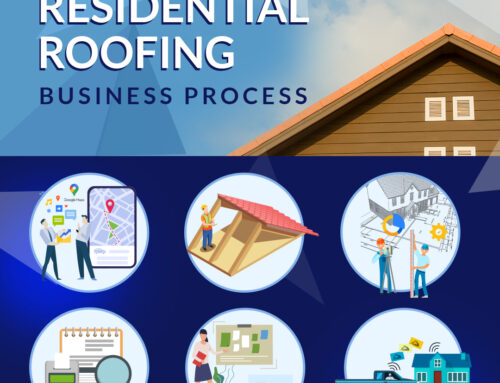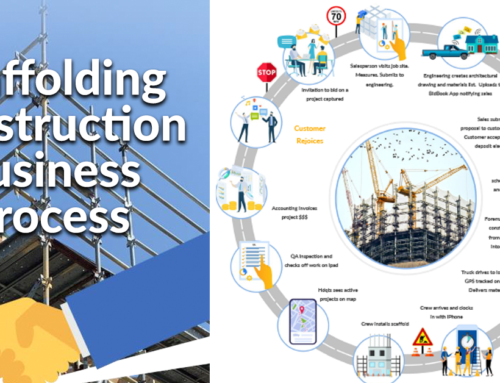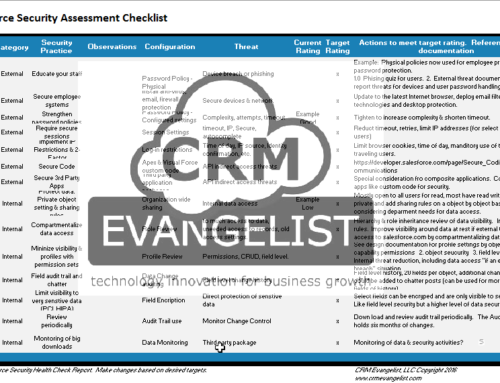What is a bad CRM Design? Watch this video to find out.
Once and done. This is often the approach to CRM for many organizations. It takes a huge amount of energy to implement CRM in an organization. By the time we deploy, we are all too ready to forget it and move on to the next business priority. We forget proven best practices and the 10 steps to success for CRM.
When we do this, we forget that our methods for managing relationships change. Whether acquiring new customers or building brand advocates, our processes and market strategies change, our people change, technology advances, and, let’s not forget about our customers. Their expectations and behaviors also change. We also must consider the competition.
For CRM to make a sustainable impact on your bottom line, business leaders and IT must both approach it as an evolving strategy with cycles of continuous improvement. Learn more about how to assess the effectiveness of your current CRM implementation here.
Organizations that commit to a cadence of technological advancement with their customer platforms outperform those who do not. That’s a fact substantiated by an IBM study that found only 15% of companies do CRM “right.”
So let us consider the example we just viewed. Keeping in mind the design concept in this video is more than 5 years old, how much has changed since then? While the video is satirical in nature, it is consistent with many of today’s stagnant and outdated CRM strategies.
On the positive side, the application is functionally rich and provides a complete 360-degree view of the customer. However, it is missing several key design elements that damage the brand long-term. As the result, it risks losing customers to competitors who do CRM “better” even if they do not do it “right.”
Before we talk about the negatives, what is “right” about this CRM implementation? It contains several functional elements that are critical in modern CRM implementations.
- Screen Pop from an inbound customer call.
- Computer Telephony Integration (CTI) technology from vendors like Fonality, Cisco, Avaya or any number of middleware CTI adapters.
- Screen displays the customer record based on the Caller ID matching either of the two phone numbers (mobile and secondary) or an IVR account number.
- The Agent validates the identity and goal of the caller while documenting the interaction.
- The caller did not need to provide any piece of information more than one time regardless of how, where or when it was obtained.
- Knowledge of the customer, enriched by external data providers, provides deep customer insight and contextual perspective.
- Credit history provided from trusted vendors like Experian or Dun & Bradstreet.
- Travel history (assuming via browser history or credit card / bank statements).
- Address Validation from USPS or current mobile location obtained from GPS.
- Sales transaction history is available from ERP to CRM integration.
- Product and Order configuration tool provides best-price recommendations and Guided Selling.
- Filter recommendation criteria for the “Healthier Options.”
- Cross Selling of “Men’s Fitness.”
- Process automation workflows leverage logical branching and on-screen alerts.
So what is wrong?
One. The customer did not enjoy a positive and memorable customer experience, and this is critical. Several years back the power shifted from the seller to the buyer. Today organizations must understand their customer journey to be successful. Those who deliver superior customer experiences will thrive.
Forrester Research says the customer journey “spans a variety of touch points by which the customer moves from awareness to engagement and purchase. Successful brands focus on developing a seamless experience that ensures each touch point interconnects and contributes to the overall journey.”
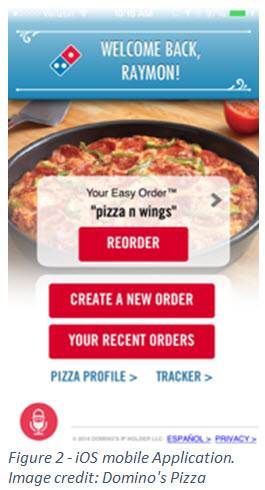
Two. Today customers shop digitally. Over 60 percent of the business-to-business (B2B) customer journey occurs digitally before interacting with the vendor. In the business-to-consumer (B2C) customer journey, the number may approach 90 percent.
To engage with prospective customers today we must extend our internal-facing CRM system to connect with our customers long before they become our customers. Industry leaders are doing this now. Those who do not adapt frequently lose to those who connect first.
By the end of 2014, more than 50 percent of Domino’s Pizza Orders originated from Digital Channels, according to Entrepreneur Magazine. It’s no wonder the franchise grew same store sales by 11 percent the same year.
Visionaries like Salesforce have introduced Salesforce for Apple Watch. 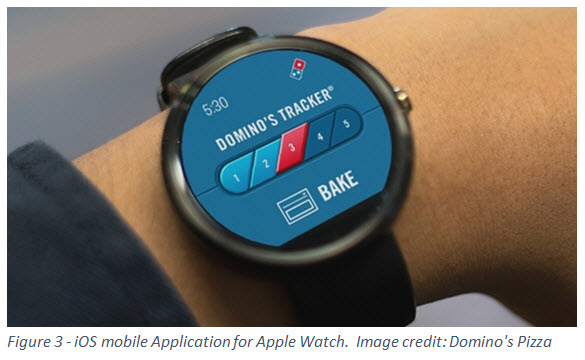
Organizations like our customer, Netchex, connect their organization (and CRM) with customers nearly every way possible. They even engage their customers socially through social media and private customer-focused communities. Could a Payroll Watch be next? Maybe.
Three. We change. Technology changes us. It changes the way we behave. It changes our expectations. These changes dictate that the cadence of CRM innovation must be managed. Don’t think so? Just ask these folks about managing change: Kodak, Yellow Pages, AT&T, Nokia, Netflix, Blockbuster, or A.H. Belo News. Who has managed these changes successfully? Who has not?
What about your organization and its CRM technology? Where is it today? Is it where it was last year, 3 years ago, or 5 years ago? How much has changed? Where does it need to be for your organization to thrive in the market today?
How does your organization respond to changes in customer behavior and expectations? Is your organization and CRM system agile enough? How fast can you respond to changing behaviors and new expectations? How quickly can you capitalize on new opportunities that surface when new technology capabilities emerge?
Just some things to think about if you want to remain competitive. Maybe it’s time for your CRM system to get a health checkup. Maybe it’s time to implement a continuous improvement process. We can help you with that.
